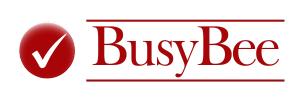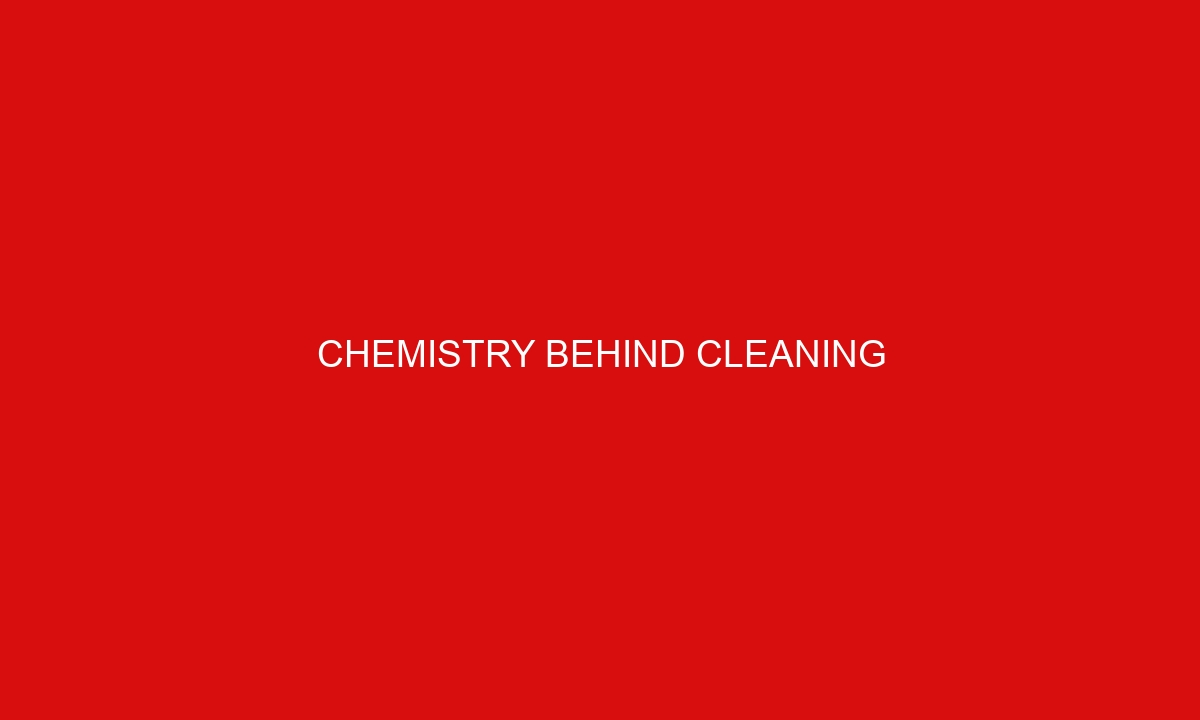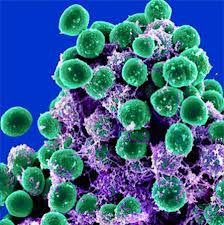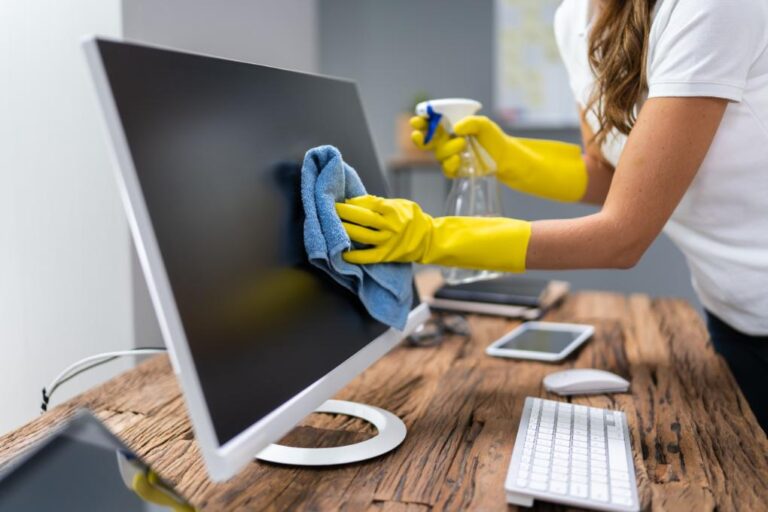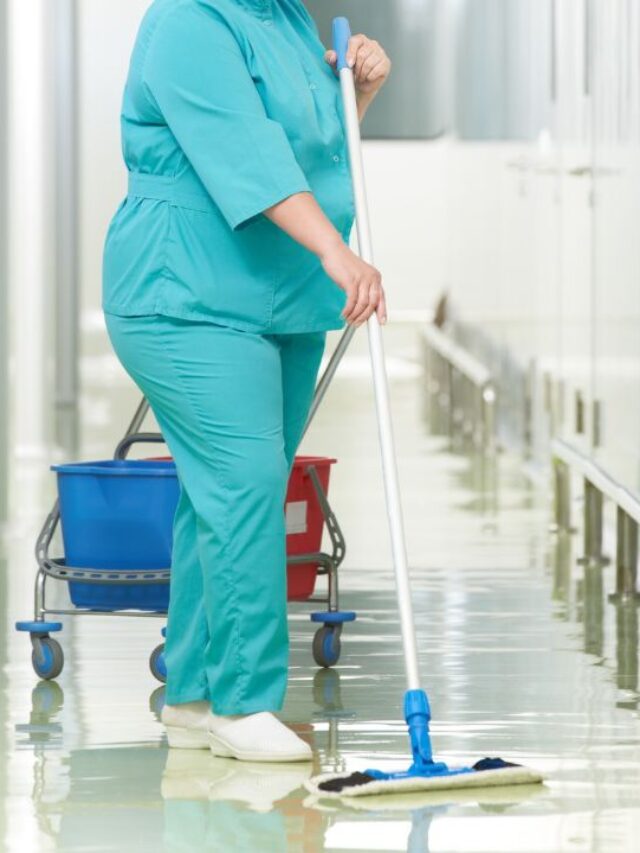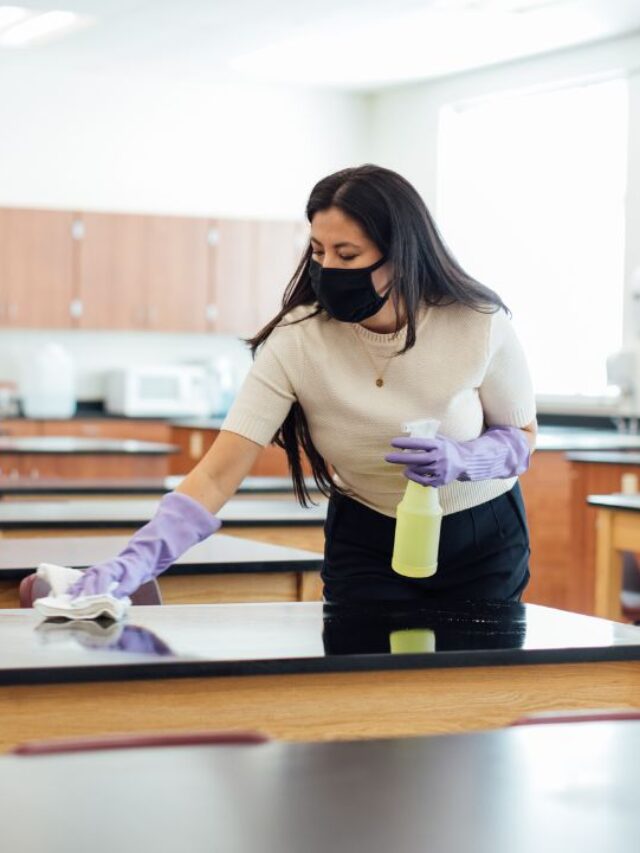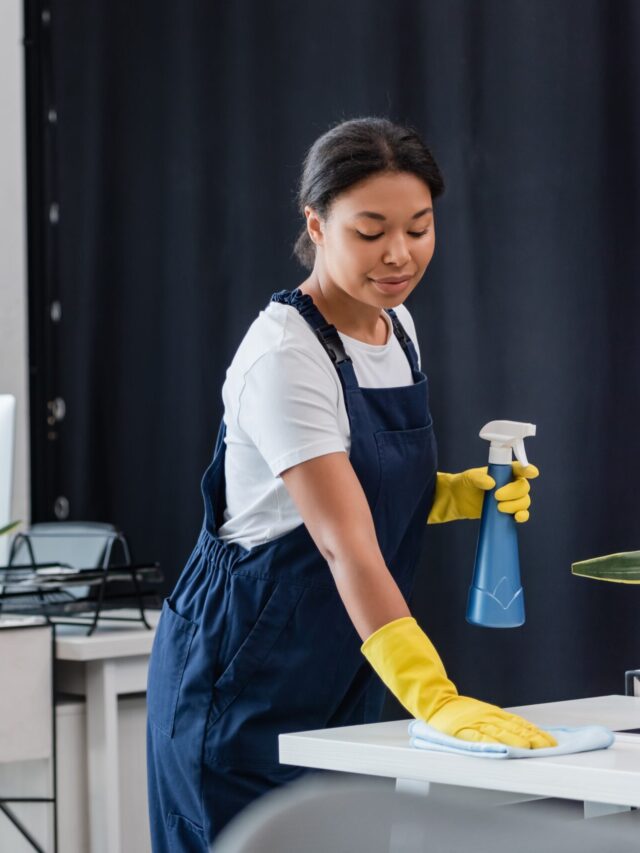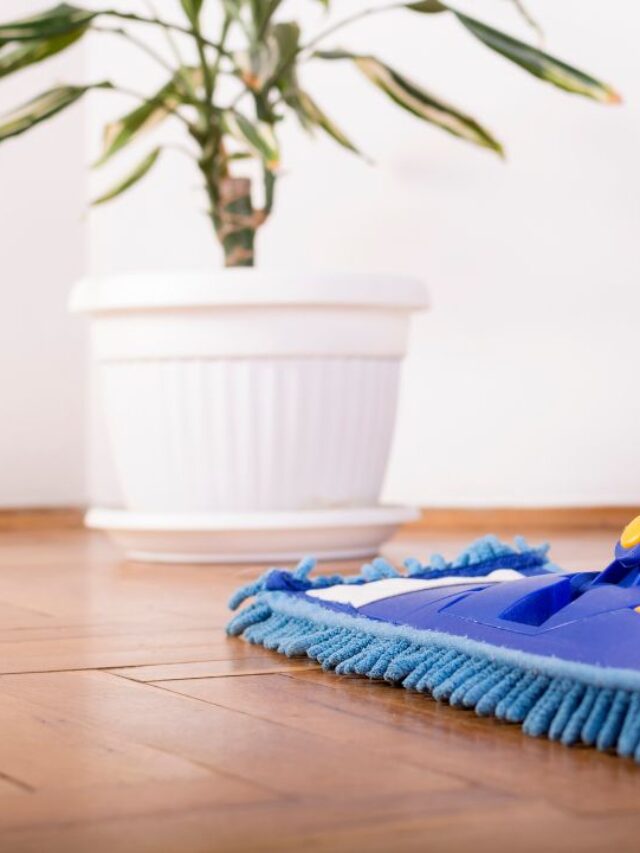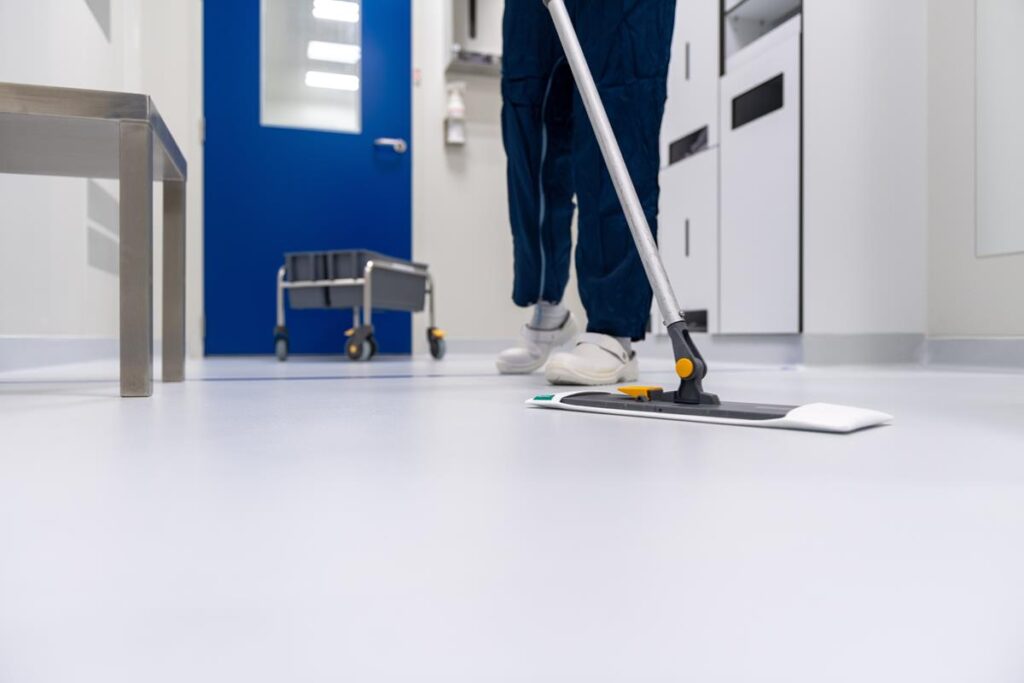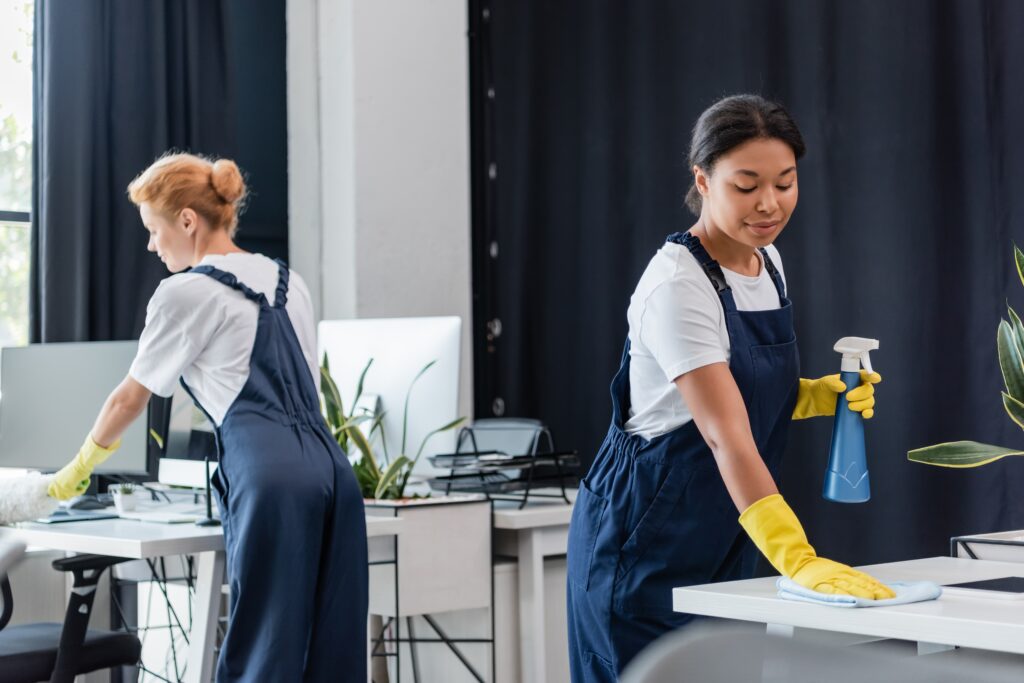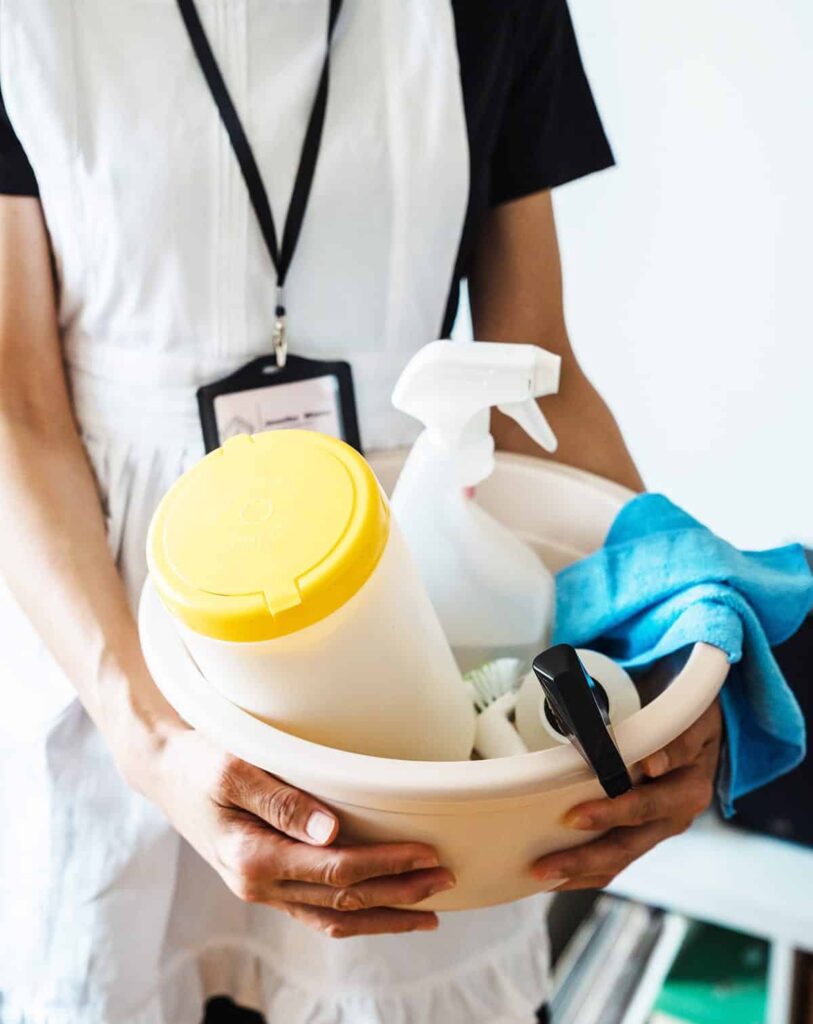Chemistry Behind Cleaning
Cleaning is a common household task, so most people give little thought to why certain cleaning products work the way they do. The truth is that cleaning is rooted in chemistry, as the chemical properties of different substances make them suitable for cleaning hard surfaces, floors, upholstery, clothing, and other items. Before understanding the chemistry behind cleaning, students need to understand basic chemistry terminology and several basic chemistry principles. Once a student has this basic understanding, it is easier to understand how scientists develop new cleaning products. Understanding the chemistry of cleaning is just one way to better understand how science affects everyone.
Understanding the pH Scale
The pH scale is a numerical scale that indicates the acidity or alkalinity of a substance. The scale ranges from 0 to 14, with 7 representing a neutral substance. Anything less than 7 is an acid and anything greater than 7 is a base. Acids and bases are substances that have opposite properties. Acids taste sour, produce hydrogen gas when reacting with metals, and produce carbon dioxide gas when reacting with bicarbonates or carbonates. Bases taste bitter and feel slippery.
Scientists define pH as a measure of hydrogen ion concentration in an aqueous substance. Any substance that does not contain water will not have a pH level. It is possible to measure pH level by dipping a litmus test strip into an aqueous substance. Acids turn blue litmus paper red, while bases turn red litmus paper blue.
The pH scale is important for cleaning because the pH of a substance determines how well it will work. It also determines which substances will work on different types of stains. A fun way to test the pH of household cleaners is to create an indicator solution with cabbage and boiling water. To create this solution, grate some pieces of red cabbage into a bowl, cover the cabbage with boiling water, and let the mixture steep until it returns to room temperature. At this point, the water should be red. Remove the cabbage from the bowl with a strainer. The remaining liquid should be blue or purple. Now it is possible to test several household cleaners using this indicator liquid.Pour some of the indicator liquid into separate paper cups. It is important not to mix any household chemicals in the same cup. Add several drops of different cleaners to each of the cups full of indicator liquid. When each solution changes color, record the color in a notebook and then use a pH chart to find the corresponding pH level. If the liquid turns red, purple, or violet, the cleaner is an acid. If the liquid turns blue, blue-green, or green-yellow, the cleaner is a base.
Keep Your Office Spotless with Our Free Office Cleaning Checklist!
Want to make sure you’re covering all the essential cleaning tasks? Our comprehensive guide covers all essential cleaning tasks, from daily tidying to deep cleaning tips. Make sure no spot is missed and create a healthier, more organized workspace today!
- The pH Scale: Elmhurst College explains what the pH scale is and offers a graphic that shows where different substances lie on this scale.
- What is pH?: This website offers a simple definition of pH.
- The pH of Different Substances: This colorful graphic shows the pH of common substances like bleach, soapy water, grape juice, lemon juice, and baking soda.
- Home pH Testing Experiment: This resource contains instructions for testing the pH of various household cleaners.
Surfactants
Surfactants are substances that reduce the surface tension of liquids. These substances are important for cleaning because they break down stains and stuck-on foods, making it easier to wash dishes and perform other cleaning tasks. When used in dish detergents, surfactants allow water to penetrate food stains, making it easier to loosen the food from a dish. The chemistry behind surfactants is an interesting topic. These substances break down certain substances, allowing water to interact with those substances. This is why it is possible for a dish detergent to clean greasy pots and pans or dishes with stuck-on food particles.
- Guide to Surfactants: This technical resource contains detailed information about surfactants.
- Types of Surfactants: This resource lists the different types of surfactants, such as anionic surfactants and cationic surfactants.
Stain Vocabulary
It is important to understand certain terms when referring to stains. Three important terms to know are: inorganic stain, organic stain, and pigment. An inorganic stain is a stain made of compounds that do not contain carbon. Inorganic solvents usually work to dissolve these stains and remove them from clothing, upholstery, and other fabrics. Organic stains are made of substances that contain carbon chains attached to hydrogen, oxygen, and other non-metal molecules. These chains often need to be broken into smaller chains before a cleaning product will dissolve them. Pigments are substances that contain chromophores. These molecules absorb and emit light wavelengths, which is what gives stains their color. Grass stains and wine stains contain chromophores.
- Light Wavelengths and Chromophores: This article contains more detail about chromophores, which give stains their color.
- What is an Organic Compound?: This page defines organic compounds and explains their structure.
Cleaning Vocabulary
It is also important to understand chemistry-related cleaning terminology. Some of the most important cleaning terms related to chemistry are hydrophobic, hydrophilic, detergency, penetrating and wetting, foaming, emulsification, solubilizing, dispersing, and solvent. A substance that is hydrophobic does not mix with water. Some hydrophobic substances actually repel water. Hydrophilic has the opposite meaning. Hydrophilic substances either dissolve in or mix with water. Detergency refers to a substance’s ability to break a bond between a stain and the surface. Penetrating and wetting substances allow water to surround stain particles that would normally repel water. Foaming substances help lift dirt from the surface by creating bubbles. An emulsifying substance breaks up greasy stains and turns them into small droplets. Solubilizing substances dissolve soils so that they are no longer solids. Dispersing substances spread soil particles so they do not stick to mops, clean surfaces, or other cleaning supplies. Solvents are liquids used to dissolve solutes.
- The Science of Soil Removal: This detailed resource defines several common chemistry terms associated with cleaning and stain removal.
Other Cleaning Chemistry Resources
- Soap, Detergents, and Cleaning: This page discusses the science behind soap and detergent.
- Chemistry of Soaps and Detergents: This resource explains the science of soaps and detergents. It also includes information on how water composition affects cleaning action.
- Glossary for the Modern Soap Maker: This page contains a collection of terms related to soap making.
- Out Spot, Darn Spot Lab (PDF): This page contains instructions for conducting a laboratory experiment designed to test different products for stain removal.
- Basic Elements of Equipment Cleaning and Sanitizing: This resource explains the properties of different types of food soils and discusses the best way to remove them.
- Enzymes in Laundry Detergents: This article discusses the use of enzymes in laundry detergents and contains instructions for conducting a related lab experiment.
Contact Us
Get a quote
Your satisfaction is our priority, and we’re here to assist. Reach out to Busy Bee effortlessly by contacting us. Whether you have questions, need a custom quote, or want to discuss your cleaning requirements, our friendly team is ready to respond promptly. Connecting with us is the first step towards a cleaner and more comfortable environment for your home or business.
Call us for a quote today!
Contact Us
Get a quote
Your satisfaction is our priority, and we’re here to assist. Reach out to Busy Bee effortlessly by contacting us. Whether you have questions, need a custom quote, or want to discuss your cleaning requirements, our friendly team is ready to respond promptly. Connecting with us is the first step towards a cleaner and more comfortable environment for your home or business.
